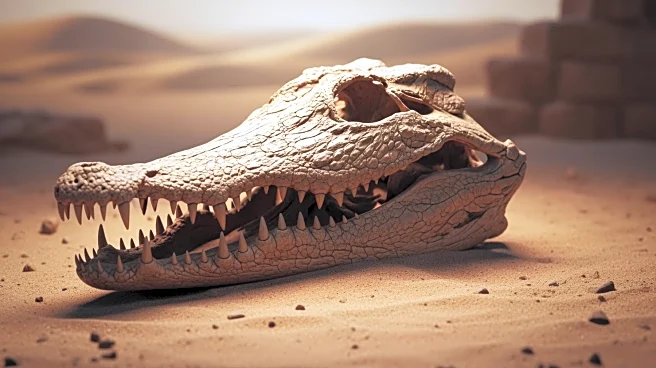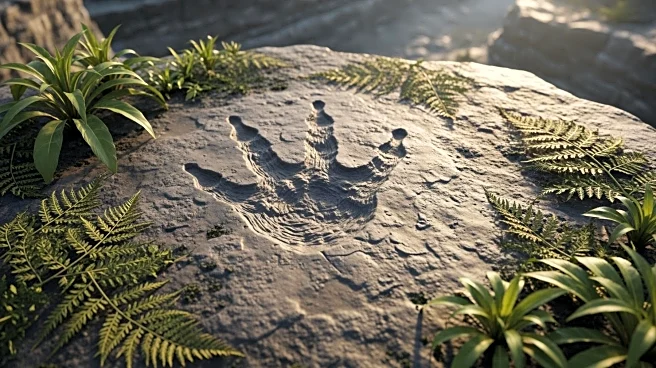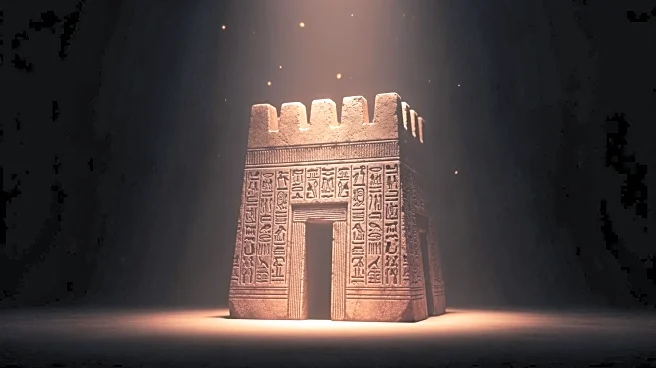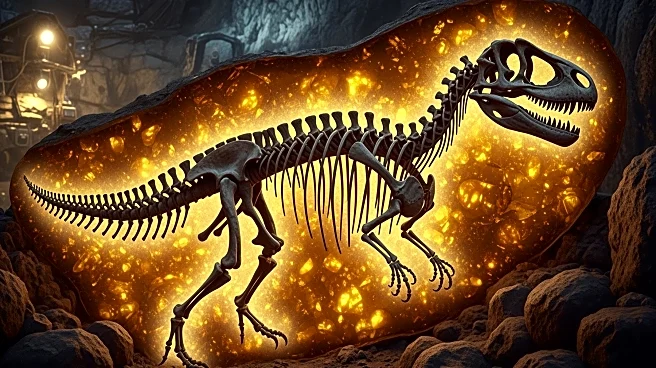What's Happening?
Paleontologists in Egypt have uncovered a fossil of Wadisuchus kassabi, the earliest known member of the Dyrosauridae family, in the Western Desert. This discovery, published in the Zoological Journal of the Linnean Society, reveals that these ancient
crocodiles thrived in coastal and marine environments, differing significantly from modern crocodiles. The fossil includes two partial skulls and snout tips, providing insights into the development of dyrosaurids. The study suggests that the diversification of this group began earlier than previously thought, indicating an African origin for these seagoing crocodiles.
Why It's Important?
The discovery of Wadisuchus kassabi is crucial for understanding the evolutionary history of crocodiles, particularly how they adapted to marine environments after the extinction of dinosaurs. This finding pushes back the timeline for the diversification of dyrosaurids and highlights Africa's role as a cradle for their evolution. The research provides valuable insights into the adaptability and resilience of ancient reptiles, contributing to the broader understanding of evolutionary processes and biodiversity in prehistoric ecosystems.
Beyond the Headlines
This discovery underscores the importance of preserving fossil-rich sites in Egypt's Western Desert, which hold significant paleontological treasures. Protecting these areas from urban and agricultural encroachment is vital for future research and understanding of Earth's deep past. The study also highlights the potential for further discoveries that could reshape current knowledge of ancient ecosystems and evolutionary history.













